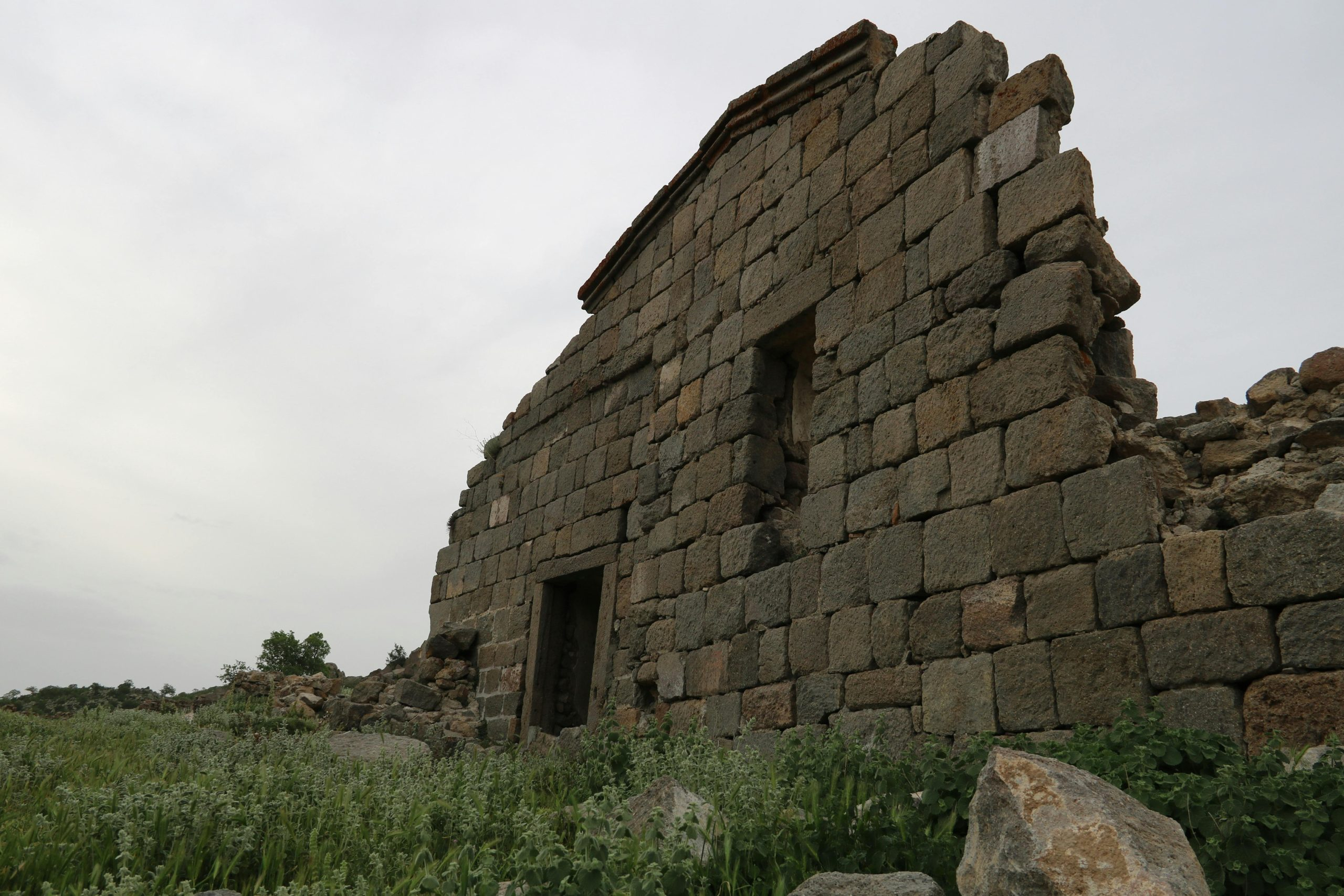Cultural Heritage Trails Through Historic Countryside Regions
The countryside regions of the world hold a wealth of historical and cultural significance that is often overlooked by tourists and travelers. Hidden within the quaint towns and rolling landscapes are hidden gems that tell the stories of our past and give insight into the traditions and customs of the people who built these communities. Exploring these cultural heritage trails is a unique way to experience the countryside and gain a deeper understanding of its rich history.
Uncovering the Past
The cultural heritage trails through historic countryside regions offer a glimpse into the lives of our ancestors and how they shaped the communities we see today. These trails take visitors through charming villages, bustling marketplaces, and ancient ruins, each with its own unique story to tell. From the breathtaking architecture of medieval castles to the preserved artifacts of ancient civilizations, these trails provide a fascinating look into the past.
Preserving Tradition and Culture
One of the most significant aspects of cultural heritage trails is the preservation of tradition and culture. These trails not only showcase the physical remnants of the past, but also the intangible customs and practices that have been passed down through generations. Visitors can learn about traditional farming methods, folk dances, and local cuisine, giving them a deeper understanding of the region’s cultural identity.
Promoting Sustainability
Cultural heritage trails also play a vital role in promoting sustainability in the countryside. By showcasing and preserving the traditions and practices of the past, these trails help to maintain the balance between modern development and the natural environment. This allows for the sustainable growth of the countryside communities, ensuring that their cultures and way of life are not lost.
Exploring the Trails
Each cultural heritage trail offers a unique experience, filled with fascinating historical sites and vibrant local cultures. Here are a few examples of some of the most notable trails in different parts of the world.
Gyeongju, South Korea
The Gyeongju Cultural Heritage Trail in South Korea takes visitors through the ancient capital of the Silla Kingdom, known for its wealth and grandeur. The trail features over 50 historical sites, including the Cheomseongdae Observatory, one of the oldest astronomical observatories in East Asia, and the Bulguksa Temple, one of the most renowned Buddhist temples in the country.
Wye Valley, United Kingdom
Nestled in the picturesque British countryside, the Wye Valley Cultural Heritage Trail spans over 134 miles and takes visitors through charming villages, historic castles, and breathtaking landscapes. Highlights of the trail include the romantic ruins of Tintern Abbey and the impressive Bigsweir Bridge, a true engineering marvel of its time.
Le Marche, Italy
The Le Marche Cultural Heritage Trail in Italy is a treasure trove of medieval towns, fortified castles, and stunning natural landscapes. Visitors can immerse themselves in the local culture by sampling traditional food and wine and participating in folk festivals. The trail also features the Abbey of Santa Maria in Valle, one of the most important architectural structures in Italy.
Preserving the Countryside’s Heritage
Cultural heritage trails through historic countryside regions not only provide a unique and enriching travel experience but also play a critical role in preserving the region’s heritage. By exploring these trails, visitors can gain a deeper appreciation for the past and help ensure that these stories and traditions are not lost to time. So, the next time you find yourself in the countryside, be sure to take a walk along one of these trails and discover the hidden gems of our shared history.










